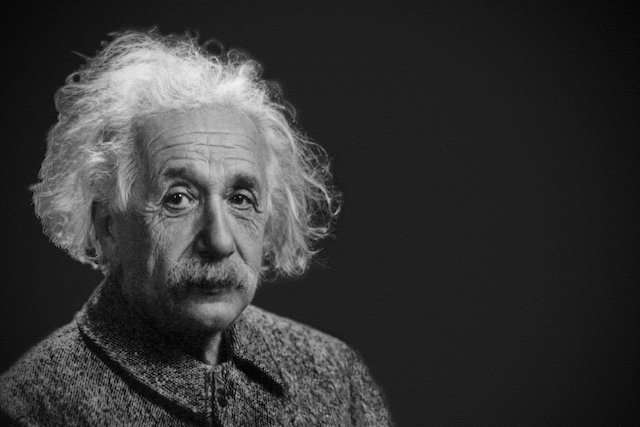Speed of the Cosmos Can Anything Beat Light ?
When it comes to speed, light is often considered the ultimate champion. At 186,282 miles per second, it’s the fastest thing we know of in the universe. But is that really the end of the story? Not quite. Science, as it turns out, loves to keep us guessing. While the simple answer is “nothing is faster than light,” the more nuanced truth is that there are exceptions, loopholes, and mind-bending theories that challenge this idea. Let’s dive into the fascinating world of speed, light, and the universe’s quirks.

The Speed Limit of the Universe
Albert Einstein famously set the cosmic speed limit with his theory of relativity. According to him, nothing with mass can reach or exceed the speed of light. Why? Because as an object speeds up, its mass increases, requiring more and more energy to keep accelerating. To hit light speed, you’d need infinite energy—something that’s just not possible with our current understanding of physics. Light, being massless, doesn’t have this problem. It zips through space at its maximum speed without breaking a sweat.

But here’s where things get interesting. While nothing can travel faster than light in a vacuum, there are scenarios where things appear to outpace it. For example, when light travels through water or glass, it slows down. This means that other particles, like electrons, can temporarily move faster than light in those mediums. It’s not breaking the rules—it’s just bending them a little.
Cosmic Speedsters: Gamma-Ray Jets and the Expanding Universe
In the vastness of space, there are phenomena that seem to defy Einstein’s rules. Take gamma-ray jets, for instance. These are incredibly bright bursts of energy that occur when stars collapse or collide. The jets of particles they release can appear to move faster than light, but only because they’re traveling through interstellar dust clouds, not a vacuum. It’s an optical illusion of sorts, but it’s still mind-blowing to think about.
Then there’s the expansion of the universe itself. The observable universe is about 94 billion light-years across, even though it’s only 13.8 billion years old. How does that work? It’s not that objects are moving faster than light; it’s that space itself is stretching. Imagine dots on a balloon: as you inflate it, the dots move apart, but they’re not actually traveling across the surface. That’s what’s happening on a cosmic scale.
Quantum Entanglement: Spooky Action at a Distance

If you thought gamma-ray jets were weird, wait until you hear about quantum entanglement. This phenomenon involves two particles that become linked, no matter how far apart they are. Change one, and the other instantly changes too—even if they’re light-years apart. It seems like information is traveling faster than light, but it’s not. There’s no actual communication between the particles. Instead, their states are just inherently connected in a way we don’t fully understand yet. Einstein called it “spooky action at a distance,” and honestly, he wasn’t wrong.
Wormholes and Warp Drives: Shortcuts Through Space-Time
Science fiction loves the idea of faster-than-light travel, and while we’re not there yet, some theories suggest it might be possible—sort of. Take wormholes, for example. These hypothetical tunnels through space-time could connect two distant points in the universe, allowing you to travel between them without actually moving faster than light. Think of it like taking a shortcut through a mountain instead of going around it. The catch? We have no idea how to create or stabilize a wormhole, and they might only exist in theory.
Then there’s the Alcubierre Drive, a concept that involves warping space-time to create a “warp bubble” around a spaceship. Inside the bubble, the ship wouldn’t be moving faster than light, but the space around it would be compressed, allowing for faster-than-light travel in a roundabout way. The problem? It requires something called negative energy, which we’re not even sure exists. Still, it’s a cool idea to think about.
The Krasnikov Tube: A Time-Saving Twist
If the Alcubierre Drive sounds complicated, the Krasnikov Tube takes things to another level. This theoretical concept involves creating a warp path that allows you to travel to a distant star and return without experiencing the time dilation that usually comes with high-speed travel. In theory, you could make a trip that takes thousands of years from Earth’s perspective but only feels like a few years to you. The downside? The math is insanely complex, and we’re nowhere close to making it a reality.
Is Anything Faster Than Light?
The short answer is: not really. But the long answer is much more fun. From gamma-ray jets to quantum entanglement, wormholes to warp drives, there are plenty of ways the universe seems to flirt with the idea of breaking its own speed limit. While most of these concepts are still in the realm of theory, they remind us that science is always evolving. What we think is impossible today might just be the next big discovery tomorrow.
The next time someone tells you nothing is faster than light, you can smile and say, “Well, it’s not that simple.” After all, the universe is full of surprises, and science is all about exploring the unknown. Who knows what we’ll find next?
























